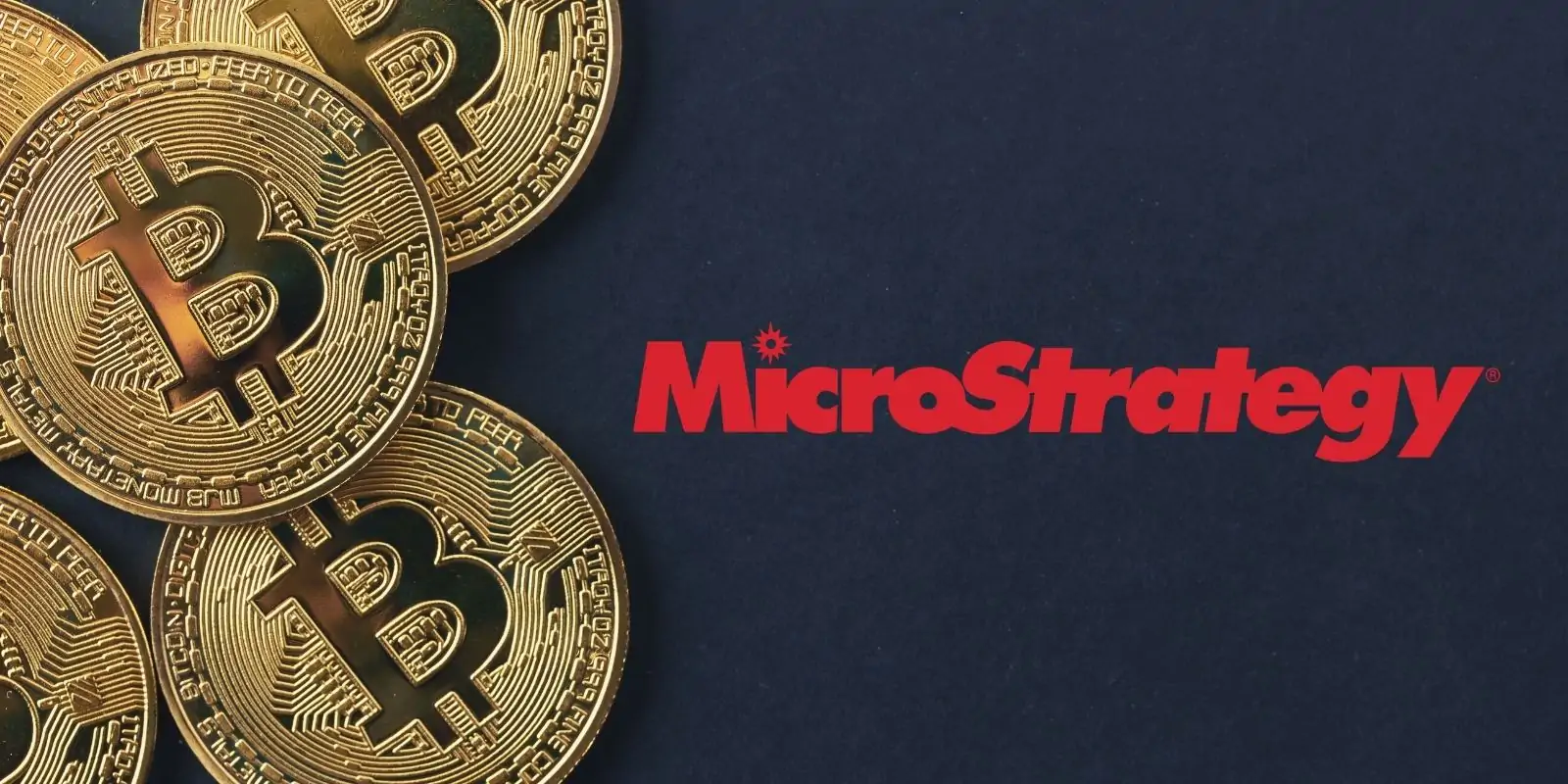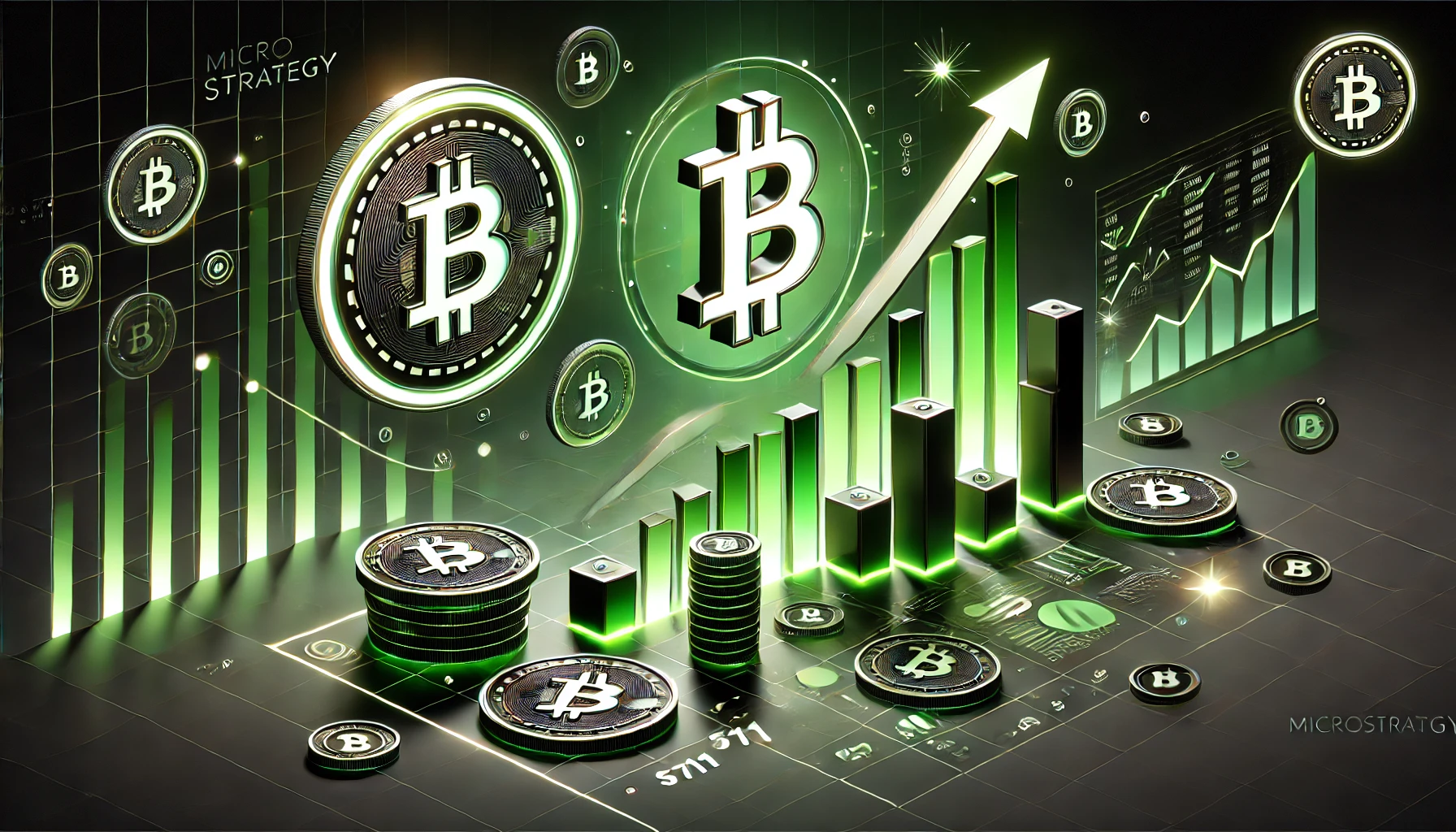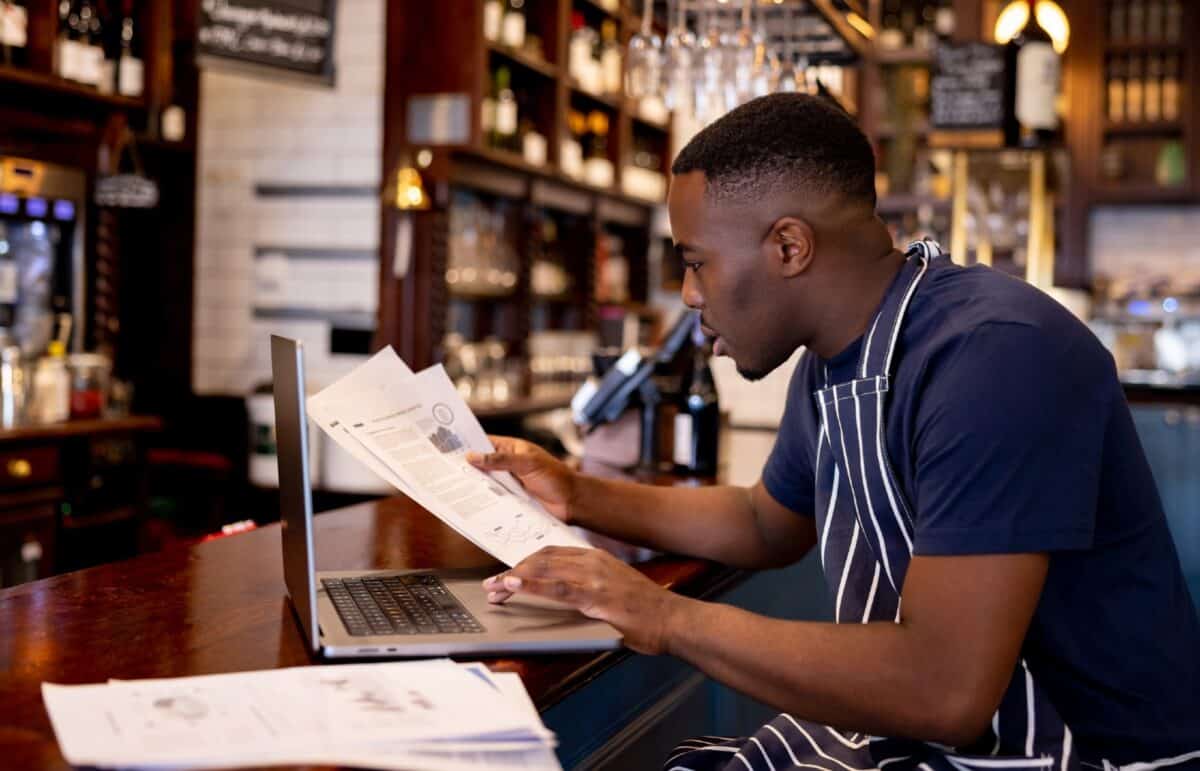- Aave integrates Chainlink’s SVR to reclaim lost oracle value and boost protocol income.
- SVR rollout includes tBTC, LBTC, AAVE, and LINK, with plans to expand to more assets.
Aave has just activated integration with Chainlink through its Smart Value Recapture (SVR) service on the Ethereum mainnet. While the DeFi world is usually busy patching up losses due to liquidation activities, this time they are turning things around.
SVR is here to reclaim the value that has been lost, especially from what is known as Oracle Extractable Value (OEV). So, not only does it keep the protocol safe, but it can now also increase income.
.@aave has officially integrated Chainlink SVR in a near-unanimous vote to recapture liquidation MEV, starting with an initial set of markets.
As the largest DeFi lending protocol, Aave is establishing a new standard in cryptoeconomics with SVR.https://t.co/beN712BymB
🧵⬇️ pic.twitter.com/kF9EtdcyRV
— Chainlink (@chainlink) March 28, 2025
If we make an analogy, this is like a shop owner who has been letting change fall on the floor because he is too busy. With SVR, Aave can now sweep all that change back into the cashier’s drawer.
This system works by utilizing data from Chainlink oracles and integration with Flashbots’ MEV-Share to secure and redistribute value that was previously siphoned off by block builders during the liquidation process.
SVR Rolls Out With Fair Value Distribution Model
For the initial stage, the implementation of SVR will include assets such as tBTC, LBTC, AAVE, and LINK. The long-term plan, of course, is to expand this to other assets over time. Interestingly enough, the distribution of SVR returns doesn’t just go to one party.
For the first six months, 65% of the OEV value returned will be given to the Aave community, while the other 35% will be converted into LINK tokens and given to the Chainlink community.
This isn’t just about the revenue share. It’s more about how DeFi is finally finding a smarter way to plug the leaks that were once considered normal. We’re talking about a system that can operate more efficiently, more securely, and even more profitably for the entire community involved.
From Code to Policy: Chainlink Bridges Tech and Institutions
Chainlink, on the other hand, has been pretty active lately. On March 24, 2025, Abu Dhabi Global Market (ADGM) announced a strategic partnership with Chainlink. The partnership is to drive blockchain innovation and strengthen the regulatory framework in the UAE, while increasing the utility of tokenized assets.
They will also use Chainlink’s data feeds and interoperability technology to build a new global standard in the blockchain space.
Think of it like two sides of the same coin. On the one hand, Chainlink is strengthening the foundation of DeFi through a technical partnership with Aave. On the other hand, they are expanding their institutional influence by establishing high-level regulatory cooperation in the Middle East.
Whales Quietly Accumulate LINK as Chainlink Gains Momentum
The presence of SVR and the expansion of Chainlink’s influence also seem to be welcomed positively by big players. Since September 2024, wallets holding between 10 thousand and 10 million LINK have added 26 million LINK to their portfolios, according to CNF.
Wallets of this size now control 438.33 million LINK, or approximately 43.8% of the total circulating supply, which is a significant achievement.
Since March 10, the price of LINK has jumped 25%, and this is largely driven by the silent accumulation of major holders and the increasing dominance of LINK talk on social media. In fact, Chainlink just met with US government officials, adding to its weight as a critical infrastructure provider in the next wave of crypto adoption.
Balancing Innovation and Security in a Wild DeFi Landscape
According to Ernesto Boado of BGD Labs, balancing liquidity algorithm optimization with protocol security is a challenge in itself. But moves like SVR are paving the way for a more responsible approach.
In a DeFi world that can sometimes be like a night market—crowded, chaotic, and full of surprises—the presence of systems like this gives hope for the emergence of new, more sustainable “rules of the game.”
Recommended for you:
Credit: Source link















